Theoretical Physics Group (TPG)
The TPG in the AIP is focused on all areas of theoretical physics, from elementary particles in the quantum realm to the universe, and everything in between. Many, if not all, of these areas have an overlap with the other AIP topical groups. Purely theoretical studies in physics have lead to amazing technological changes in society, including computers and satellite communication.
Who Can Join the TPG?
Any members of the AIP who are interested in theoretical physics can join the TP Group as part of their AIP membership at no extra charge. To sign up to the TP Group, login to the Membership portal, then click on Theoretical Physics (TPG) under Topical Groups in your Membership Profile. Please take the time to do this as it gives the AIP a gauge of how much interest there is in TPG across Australia and beyond.
TPG 2025 Committee
- Chair: Jacinda Ginges (UQ)
- Vice-chair: Daniel Terno (Macquarie)
- Secretary: Murray Batchelor (ANU)
Program Committee:
Murray Batchelor (ANU), Nicole Bell (Melbourne), Krzysztof Bolejko (Tasmania), Gavin Brennan (Macquarie), Eric Cavalcanti (Griffith), Susan Coppersmith (UNSW), Jacinda Ginges (UQ), Archil Kobakhidze (Sydney), Sergei Kuzenko (UWA), Karen Livesey (Newcastle), Meera Parish (Monash), Margaret Reid (Swinburne), David Tilbrook (ANU), James Zanotti (Adelaide)
News and Upcoming Events
Asia-Pacific Center for Theoretical Physics (APCTP)
AIP TPG Seminar Series
Organisers: Murray Batchelor (ANU), Nicole Bell (Melbourne), Krzysztof Bolejko (Tasmania), Gavin Brennan (Macquarie), Eric Cavalcanti (Griffith), Susan Coppersmith (UNSW), Jacinda Ginges (UQ), Archil Kobakhidze (Sydney), Sergei Kuzenko (UWA), Karen Livesey (Newcastle), Meera Parish (Monash), Margaret Reid (Swinburne), David Tilbrook (ANU), James Zanotti (Adelaide)

